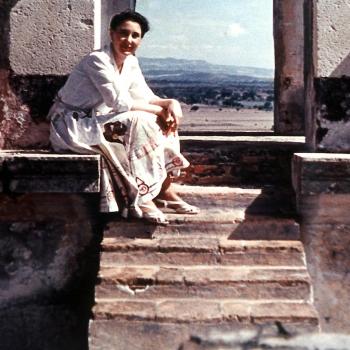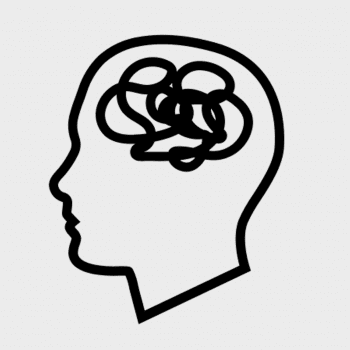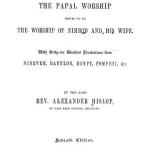Why on earth would we celebrate Our Lady of Sorrows? How could the pain she felt at the foot of the Cross be a feast?

This feast recalls the seven scriptural references to Mary’s great suffering. Not only did she bear enormous burdens, she “kept all these things in her heart,” (Luke 2:51) contemplating and reflecting on them. The Sorrowful Mother teaches us that a capacity to accompany demands a capacity to hurt. A powerful love goes hand in hand with a powerful pain.
Mirror neurons and empathy
What does it mean to suffer with the sorrowful?
There is a particular set of neurons, mirror neurons, that underlie your ability to suffer with others. These neurons are in the front region of your brain, which controls abstract thought and higher-level processing.
Research shows that mirror neurons are activated when you engage with someone who’s visibly happy or upset, especially when you try to take that person’s perspective. These neurons then communicate with regions in the lower part of the brain, regions that control your feelings and express your behavior. Therefore, it seems that mirror neurons are essential for your ability to feel and express empathy.
Interestingly, the mirror neuron system active when you are observing the actions and emotions of others and when you subsequently perform them yourself. Therefore, mirror neurons seem to operate via a “simulation” mechanism. In other words, when you see another person in distress, your mirror neurons imitate theirs. In this way, your brain activity matches the circuits that underlie those very same actions and emotions.
This puts flesh and bones on what it means to “enter into” someone else’s pain. Empathy isn’t just the capacity to understand another, or feel bad for them. Empathy is the capacity to suffer with them through participation in their sorrow.
Our Lady’s invitation
In a society and a Church that is hurting so much, Our Lady of Sorrows invites us to be present to that suffering.
In the face of tragedy, all too often, we focus on our next steps, and what we can do. This is valuable, because we have a duty to correct wrongdoing and bring justice to this world. But we cannot let this duty detract from our ability to accompany the suffering.
At the foot of the cross, we wait in sorrow and beg for healing. The true protagonist of history, as Fr. Giussani tells us, is the beggar. In the Religious Sense, he writes:
[The expectation of the soul] is not something calculated: it is given. For the promise is at the origin, from the very origin of our creation. He who has made man has also made him as “promise.” Structurally man waits; structurally he is a beggar: structurally life is promise.
If not for the Cross, our expectation would be absurd. Our hope in the promise of salvation would be ridiculous.
So today, we are invited to stay at the foot of the cross. Here, in such close proximity to the source of salvation, we can know the full power of God’s love for us. And here, we are restored to our humanity, so we can respond to Christ’s invitation and take Mary — the Sorrowful Mother — into our home.
Further reading (and viewing) recommendations
See Terrence Malick’s masterful film The Tree of Life. You, the viewer, are drawn into the immense suffering and questioning of the mother, and brought to recognize God’s presence there with her.
Read this review on mirror neurons, empathy, and interpersonal social skills.
As always, read The Religious Sense.
















